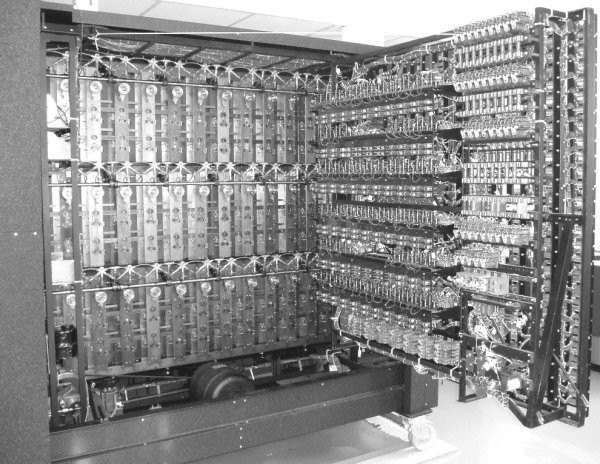

Routine daily reports and weather forecasts were fruitful sources. The most important of these clues was called CRIBS, which was the term used to describe any words or phrases suspected to be part of an intercepted signal. Consequently, they concentrated on exploiting inherent flaws in the Enigma design and operating procedures, such as careless errors made by operator.

They soon realised that their task was theoretically impossible. The objective was to utilise their exceptional talents to attack the Enigma codes. For example, pressing letter key N could never light up bulb N.ĭuring the first few months of the war, an elite team of cryptographers, mainly mathematicians and linguists, was recruited and stationed at Bletchley Park Manor in Buckinghamshire. However, one inherent weakness in the design was that no letter could be transposed as itself. The combination of five interchangeable rotors and ten pairs of stekkers enabled the Enigma machine to produce approximately 150,000,000,000,000 encoding positions. However, if the same letter key was pressed repeatedly, a different bulb would light up each time. For example: if key L was pressed, then bulb M would light up, but only after the current had passed through stekkers A/N, rotors 3/4/2 and stekkers V/R.

The current then returned via the stekker board and finally reached the lamp board to light one of the bulbs. After passing through the internal wiring of the three rotors, the return path was via the reflector (or umkerwalze) and back through the three rotors to exit from the scrambler. When any letter key was pressed, current from the 4.5 volts battery flowed from the keyboard via the stekker board to enter the scrambler unit. The remaining six letters were short circuited by special plugs.
Ww2 radio scrambler code#
The Enigma code book, which was changed monthly, usually specified 10 pairs of letters to be interconnected in this manner. For example, A to X, C to N, R to Y, etc. These sockets could be interconnected by means of twin flexible cables. The plug board (or stecker board) consisted of 26 double sockets arranged in the same alphabetical sequence as the keyboard and lamp board. Consequently, the Army and Air Force machines offered 60 daily options (any 3 from 5) while the Naval Enigma provided 336 options (any 3 from 8) The order and setting of the three rotors were changed daily at 00.01 hours. Five differently wired rotors were provided for each Army and Air Force Enigma, and eight for the Naval version. This sequence was continued when the third rotor was activated. After a predetermined number of letters, the second rotor was engaged and moved in the same way. The assembly was linked to the keyboard by a ratchet mechanism, so that each time a key was pressed then the right hand rotor moved forward one position. The most important part of the machine was the scrambler unit, in which three interchangeable rotors were mounted on a common shaft. When the key was pressed then a letter was illuminated. The same three rows layout was repeated in the lamp board, but behind each letter was a 4.5 volts electric bulb. The keyboard had the alphabet arranged in three rows, but there were no numbers or punctuation keys. The main components of the Enigma were the keyboard, lamp board, scrambler unit and plug board. The resultant intelligence, which was codenamed ULTRA, made a major contribution to the Allied victory. Nevertheless, British cryptographers and engineers succeeded in doing so. Consequently, the Germans remained convinced throughout the war that the Enigma codes could not be broken. The encoded text was made even more baffling by daily changes in settings. Because of its complex mechanism and variable circuitry, the Enigma could produce an astronomical number of permutations. This ingenious electro-mechanical device was designed to transpose plain text messages into scrambled output before radio transmission.
Ww2 radio scrambler portable#
The portable encoding machine used by all German Forces during the 1939/1945 war was the ENIGMA. There are additional copies of the film at the Bletchley Park Trust, the Scottish National Museum, the Imperial War Museum and the National War Museums of America, Australia, and Canada.
Ww2 radio scrambler full#
The full series, comprising approximately seven hours of detailed historical analysis, can be viewed at Dundee Central Library. In 2003 he produced a professionally filmed lecture series, which has been copied on to videotape and DVD. electrical engineer working on the Turing designed "Bombe" decoding machines.


 0 kommentar(er)
0 kommentar(er)
